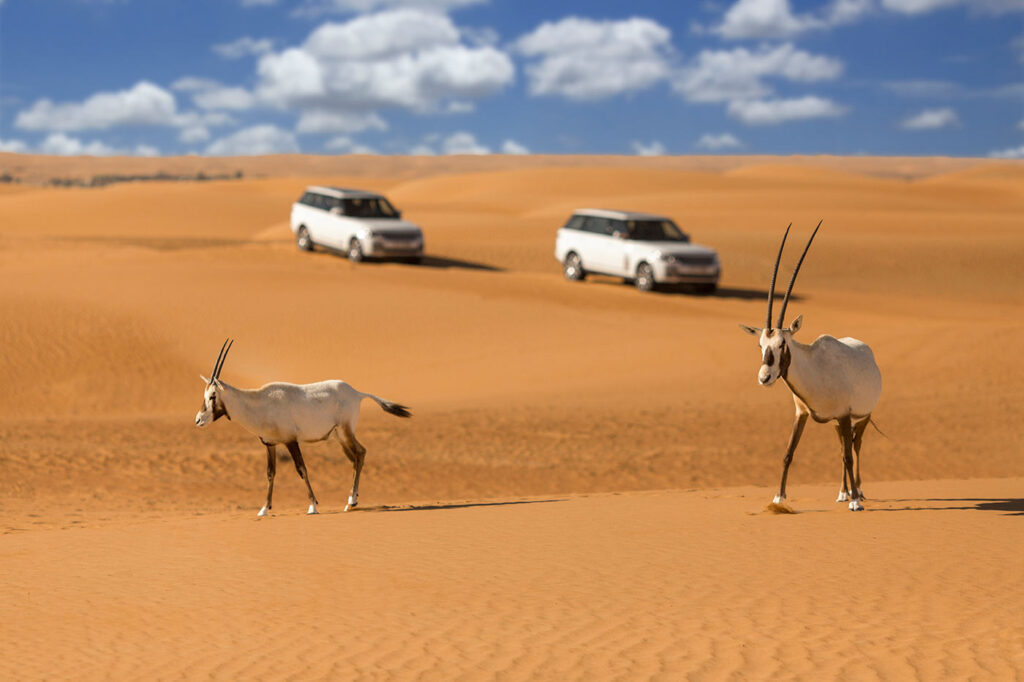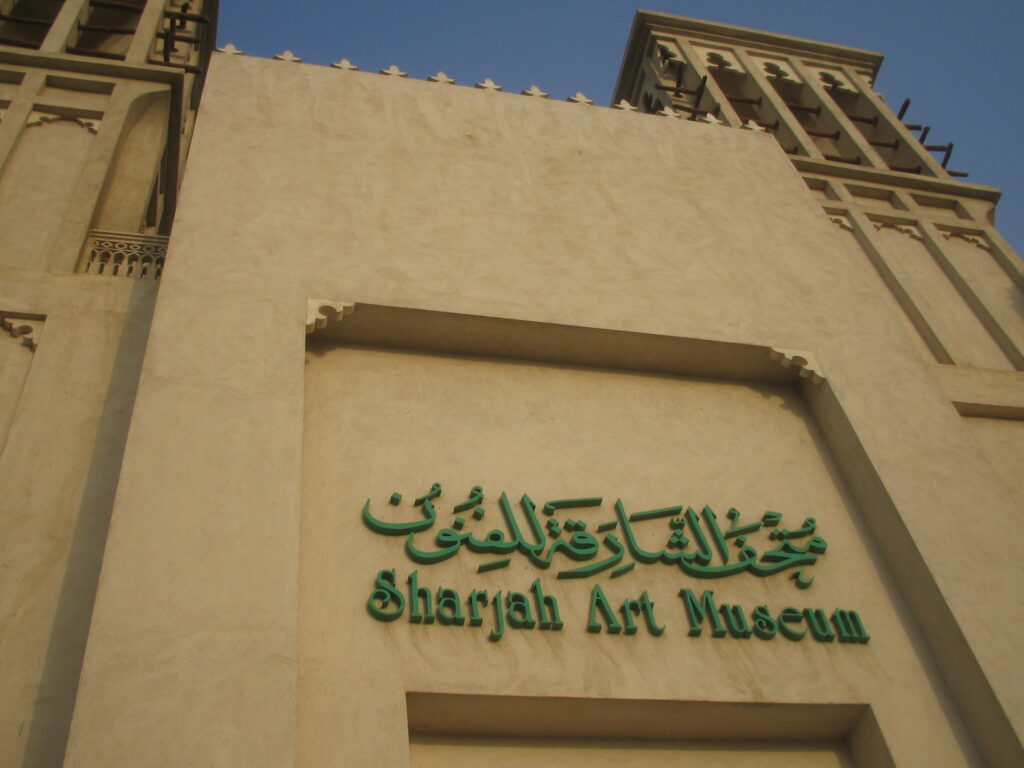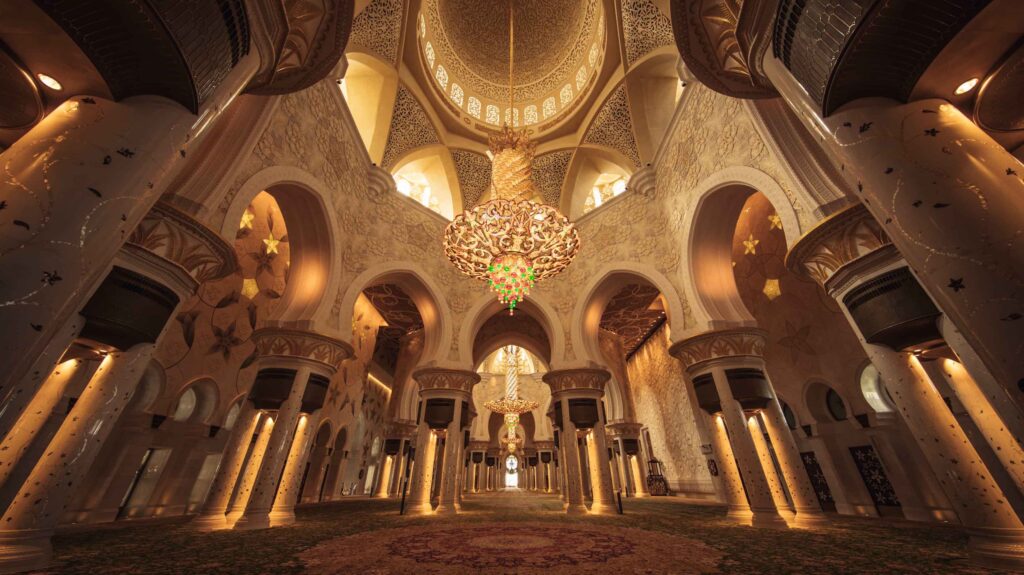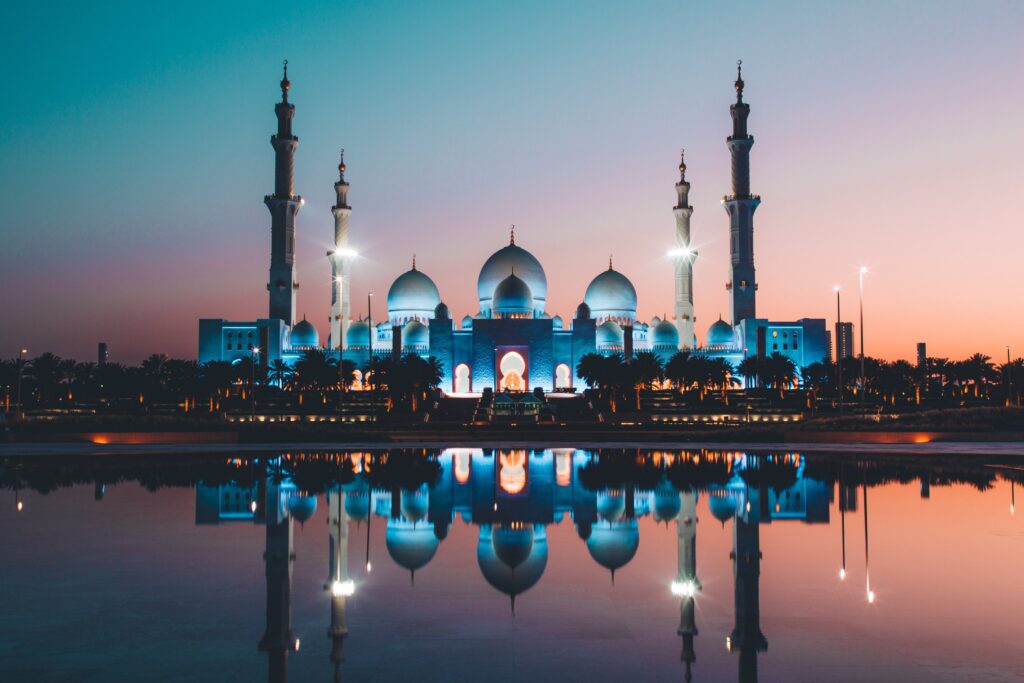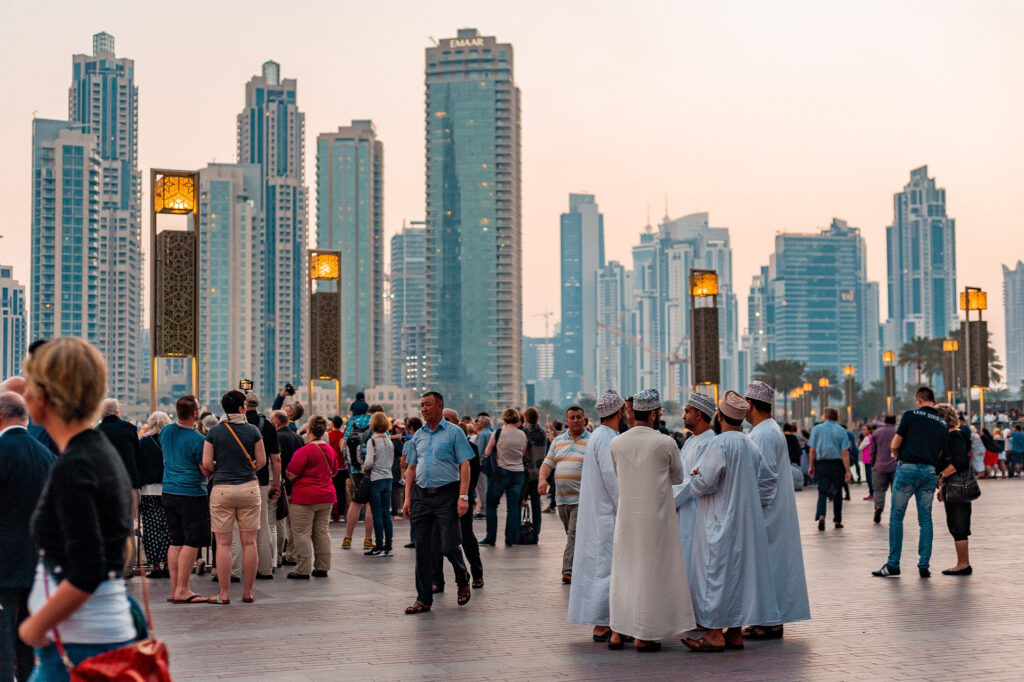
Global Village is one of Dubai’s most beloved seasonal attractions, offering a unique blend of cultures, entertainment, shopping, and dining from around the world. Since its inception in 1997, Global Village has grown to become one of the largest multicultural festivals in the region, attracting millions of visitors each year. Located on the outskirts of Dubai, Global Village is a must-visit destination for both residents and tourists looking to experience the world in one place. In this blog, we’ll explore what makes Global Village such a special and popular destination, from its diverse pavilions and thrilling rides to its live performances and global cuisine.
An Overview of Global Village
Global Village typically operates from late October to early April, coinciding with Dubai’s cooler months. It covers an expansive area and is divided into various zones, each representing a different country or region. These zones, known as pavilions, showcase the unique cultures, traditions, and products of over 80 countries, making it a true celebration of global diversity.
Global Village is more than just a cultural festival—it’s a dynamic hub of entertainment, offering something for everyone. Whether you’re interested in exploring exotic markets, enjoying thrilling rides, watching live performances, or indulging in international cuisine, Global Village has it all.
The Pavilions: A Journey Around the World
One of the main attractions of Global Village is its pavilions, each representing a different country or region. These pavilions are designed to reflect the architecture and cultural heritage of the countries they represent, creating an immersive experience for visitors.
1. Middle Eastern Pavilions The Middle Eastern pavilions, including those representing the UAE, Saudi Arabia, Egypt, and Iran, offer a glimpse into the rich cultural traditions of the region. Visitors can explore traditional souks selling spices, perfumes, jewelry, and textiles, as well as enjoy performances of regional music and dance.
- UAE Pavilion: The UAE pavilion showcases the country’s cultural heritage, with displays of traditional crafts, clothing, and local products such as dates and perfumes.
- Egypt Pavilion: The Egypt pavilion is a treasure trove of pharaonic artifacts, traditional costumes, and handmade crafts, offering a journey back in time to ancient Egypt.
2. Asian Pavilions The Asian pavilions, including India, Pakistan, China, and Thailand, are vibrant and colorful, reflecting the diverse cultures of the continent. These pavilions are known for their lively markets, where visitors can find everything from silk garments and jewelry to spices and handicrafts.
- India Pavilion: The India pavilion is one of the most popular, offering a wide range of products such as traditional clothing, jewelry, spices, and handicrafts. The pavilion also hosts cultural performances, including Bollywood dance shows.
- China Pavilion: The China pavilion is a shopper’s paradise, offering an array of products such as electronics, clothing, and home decor. Visitors can also enjoy Chinese cultural performances, including traditional lion dances.
3. European Pavilions The European pavilions, including Italy, France, Germany, and the United Kingdom, offer a taste of European culture, art, and cuisine. These pavilions are often characterized by their elegant architecture and sophisticated products, ranging from fashion and accessories to gourmet food and beverages.
- France Pavilion: The France pavilion is a haven for lovers of fashion, beauty, and gastronomy. Visitors can shop for French perfumes, cosmetics, and designer clothing, as well as indulge in delicious pastries and cheeses.
- Italy Pavilion: The Italy pavilion offers a taste of Italian culture, with stalls selling everything from leather goods and fashion accessories to gourmet pasta and olive oil.
4. African Pavilions The African pavilions, including Morocco, Kenya, and South Africa, showcase the vibrant cultures of the African continent. These pavilions are known for their colorful textiles, handcrafted jewelry, and unique art pieces.
- Morocco Pavilion: The Morocco pavilion is a feast for the senses, with stalls selling traditional Moroccan carpets, lanterns, spices, and argan oil products. The pavilion also features live performances of Moroccan music and dance.
- Kenya Pavilion: The Kenya pavilion offers a selection of handmade crafts, including beaded jewelry, wooden carvings, and traditional fabrics. Visitors can also learn about Kenya’s wildlife and cultural heritage.
5. Americas Pavilions The Americas pavilions, including the USA, Mexico, and Brazil, bring the cultures of North and South America to life. These pavilions offer a mix of entertainment, shopping, and cuisine, reflecting the diverse cultures of the continent.
- USA Pavilion: The USA pavilion is a celebration of American culture, with stalls selling everything from clothing and accessories to food and beverages. Visitors can also enjoy live performances, including country music and dance.
- Mexico Pavilion: The Mexico pavilion is a lively and colorful space, offering traditional Mexican crafts, clothing, and cuisine. The pavilion also features performances of Mariachi music and Mexican folk dance.
Entertainment Galore: Shows, Rides, and More
Global Village is not just about shopping and culture; it’s also a hub of entertainment, offering a wide range of shows, rides, and attractions that cater to all ages.
1. Live Performances Global Village hosts a variety of live performances throughout the season, including cultural shows, concerts, and street performances. These shows take place at various stages and venues across the park and are a major highlight of the Global Village experience.
- Cultural Shows: Each pavilion hosts cultural performances that showcase traditional music, dance, and folklore from their respective countries. These performances are a great way to experience the cultural diversity of Global Village.
- Concerts: Global Village also hosts concerts by international and regional artists, offering a chance to enjoy live music in a festive atmosphere. These concerts are often free to attend and attract large crowds.
2. Carnival Rides and Games The Carnival area at Global Village is a favorite among families and thrill-seekers, offering a wide range of rides and games for all ages.
- Thrill Rides: For adrenaline junkies, the Carnival features a selection of thrill rides, including roller coasters, drop towers, and spinning rides. These rides are designed to provide an exhilarating experience for visitors.
- Family Rides: The Carnival also offers a variety of family-friendly rides, including carousels, bumper cars, and Ferris wheels. These rides are perfect for younger children and families looking for a fun and safe experience.
- Games and Prizes: In addition to rides, the Carnival area features a variety of games, where visitors can try their luck at winning prizes. From ring tosses to shooting galleries, these games add an extra layer of fun to the Global Village experience.
3. Ripley’s Believe It or Not! One of the newer attractions at Global Village is the Ripley’s Believe It or Not! Odditorium, a museum of oddities and curiosities from around the world. The Odditorium features a collection of bizarre and unusual exhibits, including shrunken heads, optical illusions, and strange artifacts.
- Ripley’s Marvelous Mirror Maze: The Odditorium also includes a mirror maze, where visitors can navigate through a labyrinth of mirrors and try to find their way out.
- Ripley’s 4D Moving Theatre: For an immersive experience, visitors can enjoy a 4D movie at Ripley’s Moving Theatre, which features motion seats and special effects.
Culinary Delights: A Global Feast
Global Village is a food lover’s paradise, offering a diverse range of cuisines from around the world. With over 150 food outlets, including restaurants, cafes, and street food stalls, visitors can embark on a culinary journey that spans the globe.
1. International Cuisine Each pavilion at Global Village offers a selection of traditional dishes from their respective countries, allowing visitors to sample a wide variety of flavors and culinary traditions.
- Middle Eastern Cuisine: The Middle Eastern pavilions offer a range of traditional dishes, including shawarma, falafel, kebabs, and hummus. Visitors can also enjoy sweets such as baklava and kunafa.
- Asian Cuisine: The Asian pavilions are known for their flavorful dishes, including Indian curries, Chinese dim sum, Thai noodles, and Japanese sushi. These pavilions also offer a selection of street food, such as samosas, dumplings, and tempura.
- European Cuisine: The European pavilions offer a taste of European gastronomy, with dishes such as Italian pasta, French crepes, German sausages, and Spanish paella. Visitors can also indulge in a variety of desserts, including Belgian waffles and French pastries.Global Village Dubai.
2. Street Food In addition to restaurant-style dining, Global Village features a wide range of street food stalls, offering everything from grilled meats and seafood to sandwiches, burgers, and snacks.
- Global Barbecue: One of the highlights of Global Village’s street food offerings is the Global Barbecue, where visitors can sample grilled meats and seafood from around the world.
- Sweet Treats: For those with a sweet tooth, Global Village offers a variety of desserts, including churros, waffles, crepes, and ice cream. These sweet treats are perfect for enjoying while exploring the park.
Practical Information for Visitors
1. Location and Accessibility Global Village is located on Sheikh Mohammed Bin Zayed Road, Exit 37, in Dubai. It is easily accessible by car, taxi, and public transportation.
- By Car: Global Village is well-signposted, and there is ample parking available on-site, with over 23,000 parking spaces Global Village Dubai.
- By Bus: The RTA operates a special bus service to Global Village from various locations in Dubai, making it convenient for visitors to reach the park.
2. Ticket Information Global Village offers affordable entry tickets, which can be purchased online or at the gate. There are also special offers and promotions available throughout the season, including discounted tickets for families and groups.
3. Operating Hours Global Village operates from late October to early April, with extended hours on weekends and public holidays. It is recommended to check the official website for up-to-date information on opening hours and special events.
4. Safety Measures Global Village takes the safety of its visitors seriously and has implemented a range of health and safety measures, including regular sanitization, social distancing guidelines, and temperature checks at the entrance.
Conclusion
Global Village is a unique destination that offers a rich and diverse cultural experience, bringing together the best of the world’s cultures, entertainment, shopping, and dining in one place. Whether you’re looking to explore exotic markets, enjoy thrilling rides, or indulge in global cuisine, Global Village has something for everyone. Its vibrant atmosphere, diverse attractions, and inclusive spirit make it a must-visit destination for anyone Global Village Dubai.


